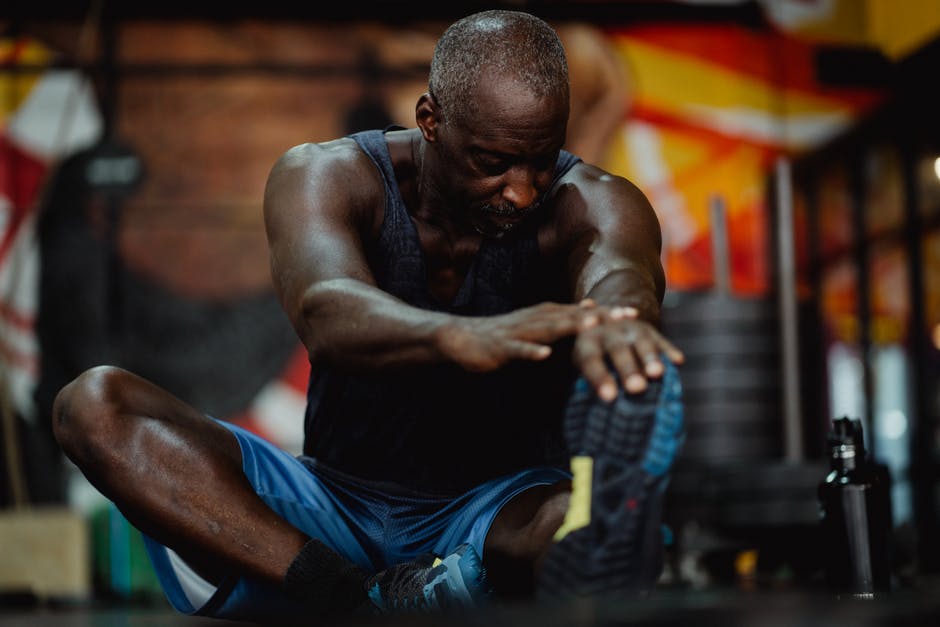Many of us have probably heard of carpal tunnel syndrome, but a lesser-known issue is cubital tunnel syndrome – the symptoms of which are reported by 1.8% – 5.9% of individuals. The prevalence of this syndrome is a lot more common than we realize, even if not many people are aware of it.
Let’s break it down, understand what this syndrome is, how our funny bone is related to it, and why it requires professional hand therapy and occupational therapy for treatment.
What Exactly Is Cubital Tunnel Syndrome?
Our bodies comprise of incredibly complex networks of nerves, muscles, tendons, bones, and veins, each of which serves a specific purpose. Cubital tunnel syndrome is a condition where the ulnar nerve, which passes through the cubital tunnel, becomes injured. The tunnel is made of muscle, ligament, and bone – impact or trauma to this tunnel can leave the nerve inflamed and swollen, causing pain, numbing, irritation, and tingling.
The pain is similar to that of sudden, immediate pain that you feel when you knock your elbow or other body parts against hard surfaces or get injured. The nerve is pretty long, connecting muscles from your fingers all the way to your neck.
Injuries to the cubital nerve can result from impact, or through exertion in the form of pulling, tugging, or reaching. Other conditions and more severe injuries such as arthritis, osteoporosis, fractures, sprains, and dislocations can all cause cubital tunnel syndrome.
What Does The Funny Bone Have To Do With It?
The funny bone that you’ve heard of all your life isn’t even a bone – it’s actually the name of the ulnar nerve. So, when you feel like you’ve hit your funny bone, or that your funny bone hurts, it’s actually the ulnar nerve in action. The pain and sensations from this impact are like tingling, numbness, and weakness.
What Are The Most Common Symptoms?
The symptoms of cubital tunnel syndrome can be quite simple, ranging from mild tingling to painful aches. They also include:
- Numbness—especially when the elbow is bent
- Hand and/or elbow pain
- Muscle weakness and poor grip
They also resemble other health concerns that may make diagnosis and treatment a bit tougher, but all in all, it’s not too complicated to identify.

What Are Treatments And Interventions?
Treatments and interventions can be fairly conservative and straightforward, depending on your case and progression. Our team of certified hand therapists will evaluate you and recommend a hand pain therapy schedule, that helps improve posture and positioning, using a brace or splints, and other major and minor interventions.
The goal is to avoid surgery unless necessary – and even then, our team will be right by your side during recovery. For any concerns you might have about this condition, you can contact us or pay us a visit if you’re looking for experienced occupational therapists in Edison, NJ or Freehold, NJ.









Leave A Comment
You must be logged in to post a comment.